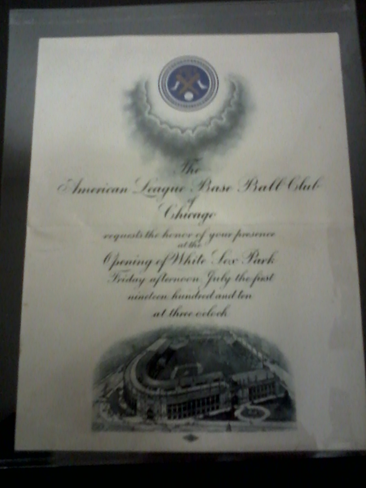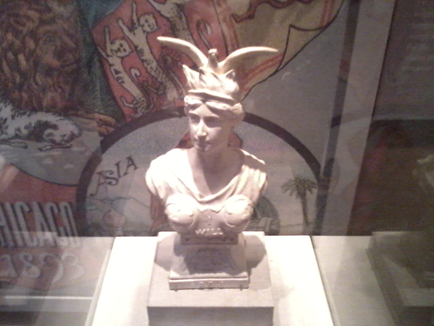 Professional baseball has been an institution in Chicago since the Great Fire in 1871, and a rivalry between the Cubs and White Sox has existed since 1900. This rivalry is an often overlooked example of cultural difference that existed between business and working classes in the great western metropolis, between approximately 1870 and 1920. Geographically and culturally a wide divide existed between upper business classes and lower ethnic and working classes. The Chicago Cubs endowed themselves with gentlemanly, Victorian values to appeal to Chicago’s business classes, while the White Sox took on a more egalitarian nature that working classes wished to see. As the city’s geography repeatedly changed, the teams reacted to their respective markets, and maintained their roles through the Gilded Age and Progressive Era. When the Black Sox Scandal struck in 1919, the meaning of the game was irrevocably changed to both groups of people, as the country moved towards a new era after the First World War.
Professional baseball has been an institution in Chicago since the Great Fire in 1871, and a rivalry between the Cubs and White Sox has existed since 1900. This rivalry is an often overlooked example of cultural difference that existed between business and working classes in the great western metropolis, between approximately 1870 and 1920. Geographically and culturally a wide divide existed between upper business classes and lower ethnic and working classes. The Chicago Cubs endowed themselves with gentlemanly, Victorian values to appeal to Chicago’s business classes, while the White Sox took on a more egalitarian nature that working classes wished to see. As the city’s geography repeatedly changed, the teams reacted to their respective markets, and maintained their roles through the Gilded Age and Progressive Era. When the Black Sox Scandal struck in 1919, the meaning of the game was irrevocably changed to both groups of people, as the country moved towards a new era after the First World War.
Through support from the Ken Robertson Fund I was able to travel to Chicago to do research at the Harold Washington Library and the Chicago Historical Society. Additionally, I took the opportunity to tour the Chicago History Museum and Wrigley Field, and tour some of the neighborhoods that I wrote about. Special Collections at the Harold Washington gave me insight into the geography and governance of Chicago, and the archives of the Chicago Historical Society held documents related to the history of the Cubs and White Sox, the Players’ League, and the Black Sox Trial, as well as rare books that would have been otherwise inaccessible. Chicago is an incredible city, and this opportunity was invaluable to me and to my comp.

